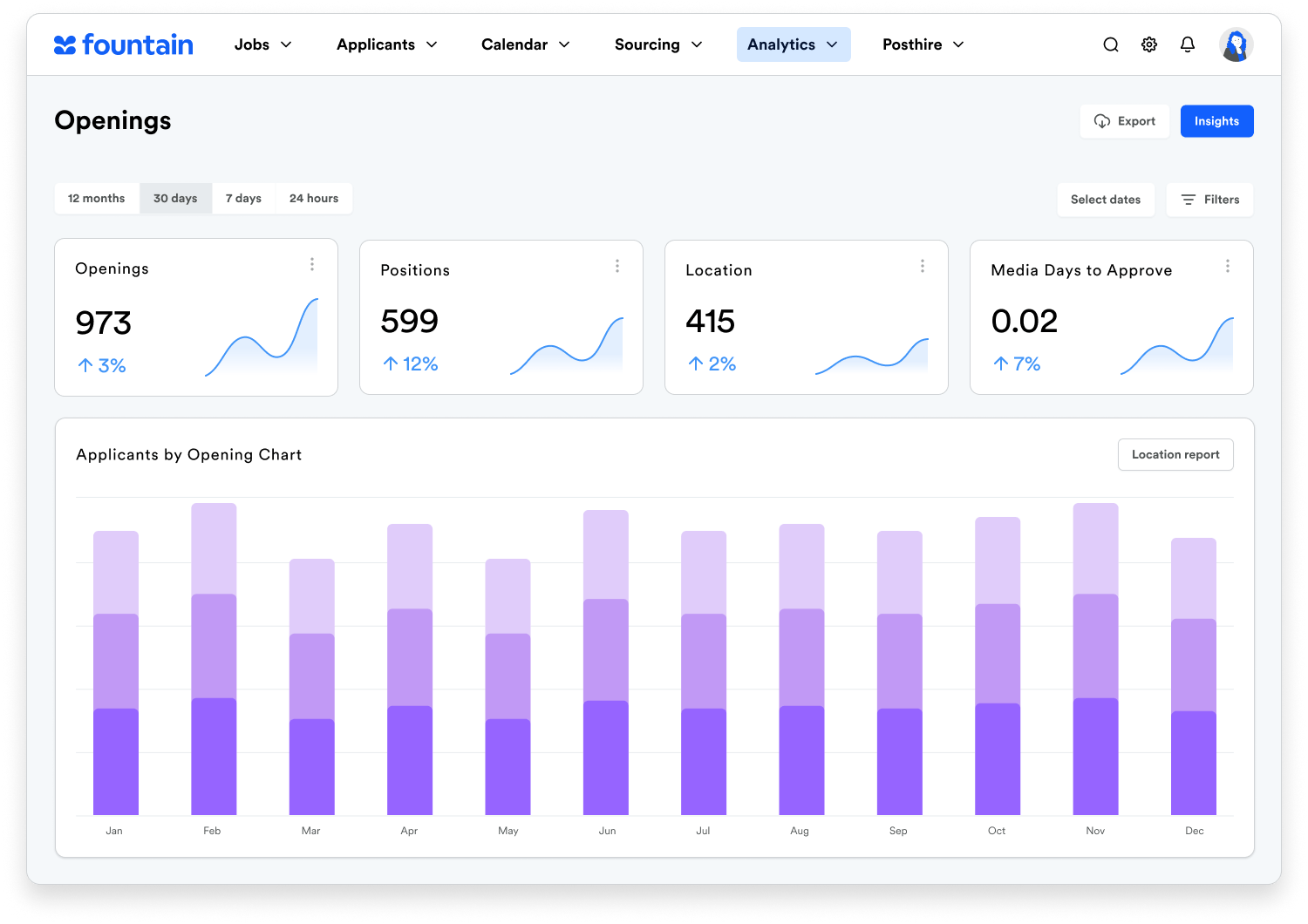We hear and read a lot about the onboarding part of Human Resources. That’s the exciting stuff! We get to welcome employees to the company and begin to make lasting relationships. While these relationships may last, sadly, we’ll eventually have to say goodbye to those same employees.
Creating a positive offboarding process for your employees is rarely talked about. It’s arguably just as, if not more, important than the onboarding process. When we’re onboarding, it’s easy to align calendars and have a repeatable process, because we’re in the driver’s seat. When it comes to employee turnover, we don’t always know when that’s going to happen.
With the uncertainty of turnover, coupled with the increased amount of remote working, the offboarding process can become somewhat ambiguous. Here are a few ways you can be proactive, and get ahead of any roadblocks that may arise.
Are there any uniforms or items that need to be returned?
You should already have a checklist created consisting of all the items that need to be returned during the offboarding process. There are a variety of things that could be included, whether it’s a uniform, store access card, or computer. When you’re in person, it’s easy to collect these items during the employee’s final days.
In a remote environment, things get a little more complicated. How are you going to get back the uniform, store card, computer, etc, if you’re managing them remotely? If you find yourself running into this problem consistently, it’s a good time to develop a repeatable process.
Depending on the items that need to be returned, there are a few ways you can go about it. For higher-value items, like laptops and other hardware, I’d recommend having the employee mail back the items. You want to make sure that these items are tracked through a reputable delivery service to avoid any issues.
For other items, like uniforms and key cards, ideally, they can be dropped off at a predetermined store location or worksite (although this may not be possible given the current remote working conditions). This would help save on costs associated with mailing back different items.
Ensure new responsibilities are clearly defined
When someone leaves a company, they will either be replaced by a current or new employee, or their responsibilities could be dispersed among team members. Regardless of the situation, periods of transition are a consistent challenge for managers across industries.
The waters can get even more muddied when employees are transitioning remotely. Things will inevitably slip through the cracks when you’re not in-person.
The disbursement of responsibilities can also get tricky when you’re not in person. If you’re a retail manager a task isn’t getting done, it should be fairly obvious. If someone forgot or isn’t already assigned to that task, you can quickly course correct.
The best solution is effective, clear, and documented communication. Create a document for employees that are transitioning out of the company to fill out, that clearly describes what responsibilities need to be handed off. Once this is approved, the document should provide clear instructions for their predecessor.
Make the employee feel appreciated
Normally, it’s for coworkers to share their appreciation in passing or through a small going away gathering. When employees are transitioning in a remote environment without that kind of confirmation, it’s easy to imagine they’ll feel a lack of appreciation.
There are a variety of tools you can deploy when an employee leaves an organization. Whether you simply want to send them a care package or throw a virtual party, there are companies that can do all the heavy lifting.
A positive offboarding process can also have a dramatic impact on your employer brand. The way employees perceive your company, especially once leaving an organization, is going to impact your image externally.
This adjusting of your image will also influence your customers. According to a survey conducted by Customer Thermometer, over 65% of 1,000 people surveyed agreed that they’ve felt an emotional connection to a brand. These types of customers are considered “fully connected customers,” and on average, are 50% more valuable than highly satisfied customers.

